Not every attraction gets a grand farewell. Some simply vanish, quietly fading into memory while locals and tourists move on to the next big thing. Over the years, Canada has seen dozens of once-beloved spots, from theme parks to quirky museums, close their gates for good. Here are 20 Canadian tourist attractions that quietly shut down.
Crystal Beach Amusement Park (Fort Erie, Ontario)
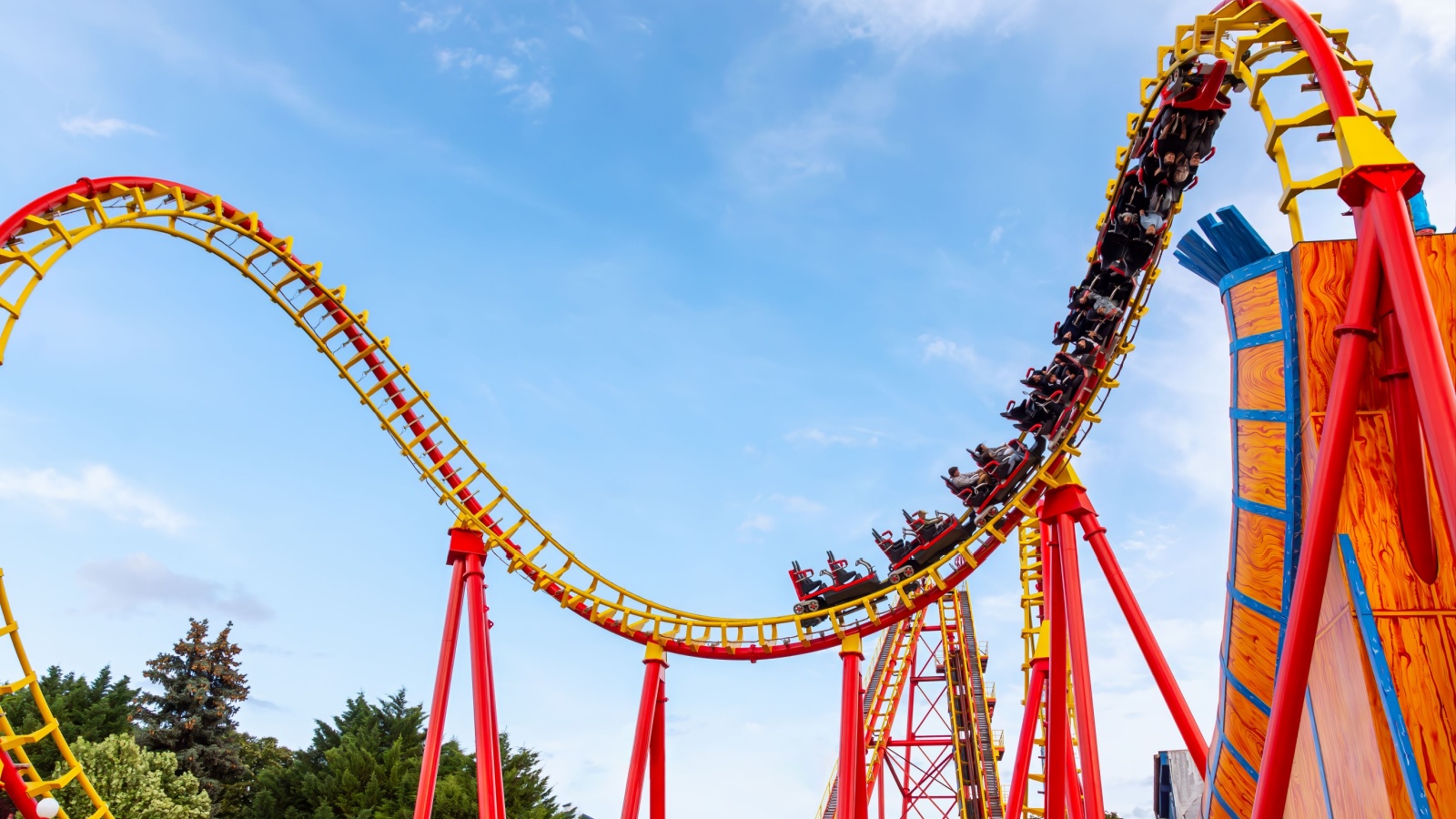
For nearly a century, Crystal Beach was the go-to summer escape for families from Ontario and Western New York. Its Cyclone roller coaster, once considered the most intense in North America, was legendary. After opening in 1888, the park entertained millions with rides, concerts, and its own ferry system. But as attendance dropped and maintenance costs rose, it closed in 1989. The land was redeveloped into a private community, but longtime visitors still reminisce about the scent of popcorn and lake breezes from what was once southern Ontario’s happiest spot.
Expo 67 Pavilions (Montreal, Quebec)
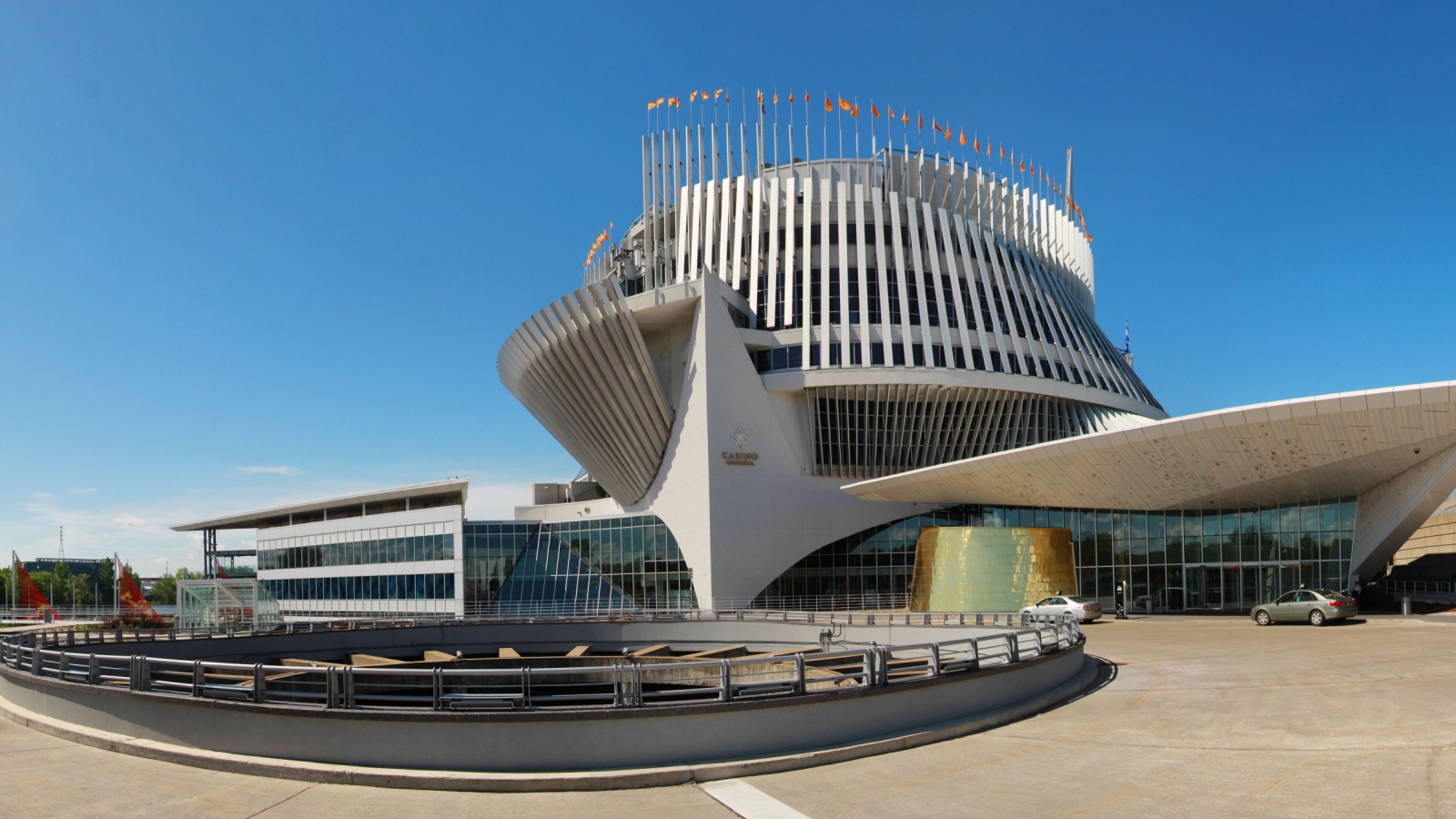
Montreal’s 1967 World’s Fair was one of Canada’s proudest moments, drawing over 50 million visitors. But many of its futuristic pavilions didn’t survive the decades that followed. The majority were dismantled, repurposed, or left to decay on Île Sainte-Hélène and Île Notre-Dame. While remnants like Habitat 67 still exist, structures such as the British, Russian, and U.S. pavilions vanished. The Expo’s closure marked the end of a bold vision of global unity, leaving behind empty foundations and faded signage that once symbolized the world’s optimism about the future.
Marineland’s Friendship Cove (Niagara Falls, Ontario)

Once marketed as a magical experience to “make friends with a killer whale,” Marineland’s Friendship Cove drew families eager to see orcas up close. By the mid-2000s, it became the center of growing controversy over animal welfare. After the last surviving orca, Kiska, died in 2023, the Cove quietly shut down. Today, Marineland operates on a much smaller scale, but the once-packed Amphitheatre now sits empty. The attraction’s closure reflects changing public attitudes toward marine animal shows, marking the end of a controversial but iconic Niagara Falls era.
Upper Clements Parks (Annapolis Royal, Nova Scotia)
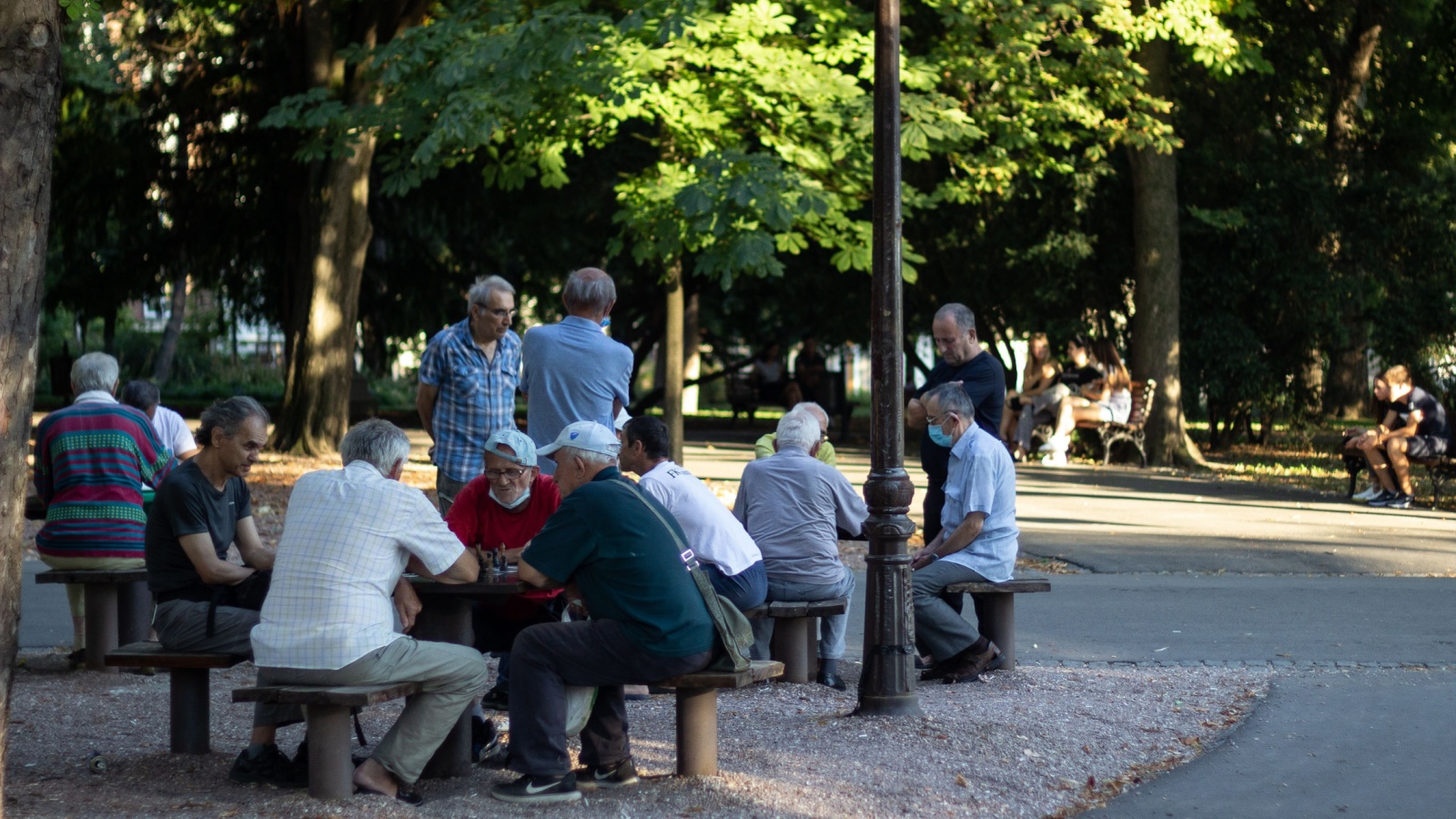
Upper Clements Parks opened in 1989 as a family-friendly theme park with a wooden roller coaster and lush forest trails. It was a proud community effort, built to attract tourism to rural Nova Scotia. For decades, families came for the rustic rides and zip lines. However, declining attendance, high maintenance costs, and competition from larger attractions led to its closure in 2019. The property was sold to a Mi’kmaq First Nation group, which plans to restore the land for cultural and ecological use. It ended quietly, but fondly remembered.
Heritage Park Historical Village (Calgary, Alberta) – Old Section
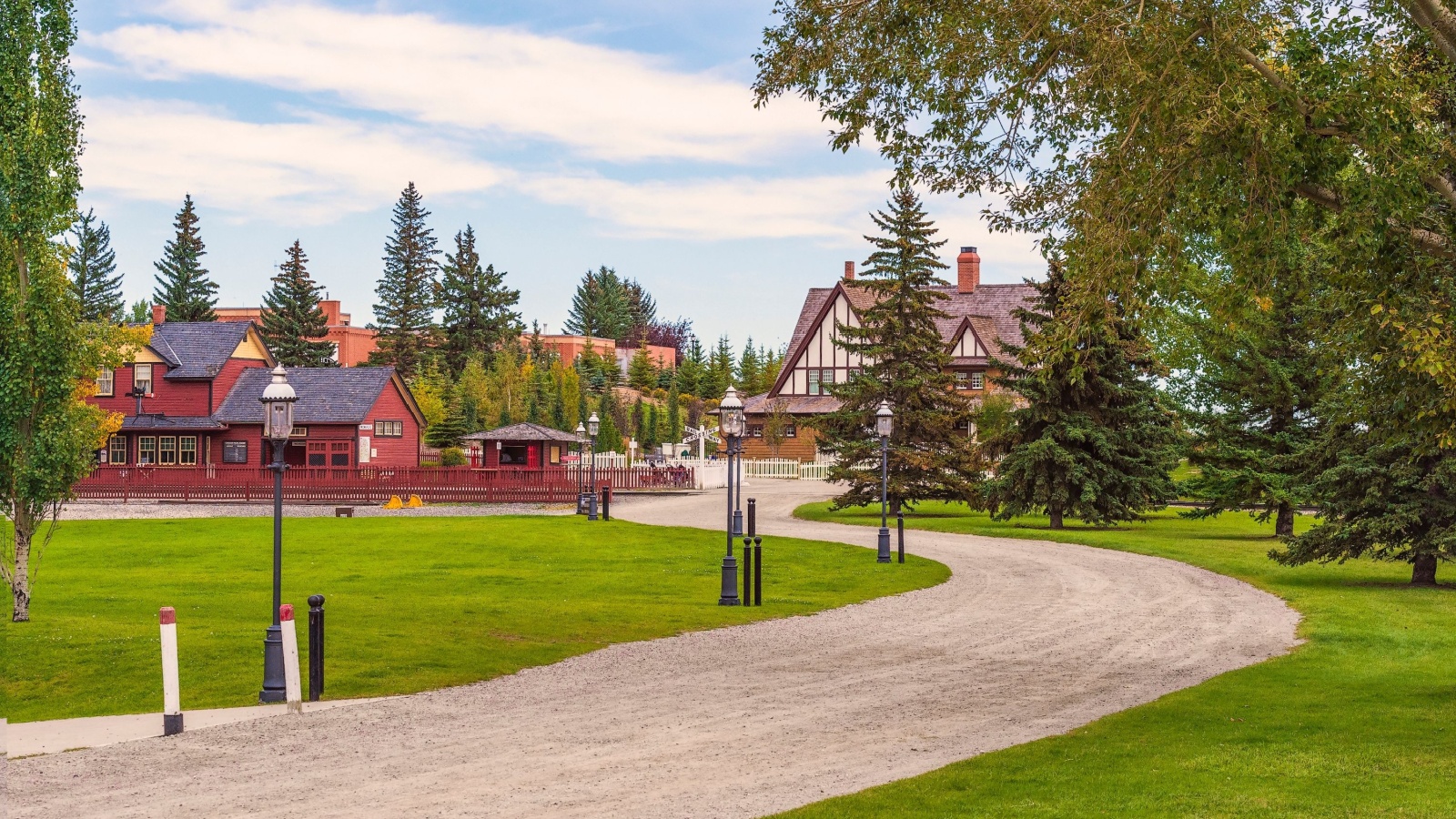
While Heritage Park still operates, its original “Pioneer Townsite” section, built in the 1960s, was quietly dismantled and rebuilt into a more modern heritage experience. The change erased many original exhibits that once gave visitors an authentic, dusty look at Alberta’s pioneer past. Older Calgarians still recall the wooden storefronts, blacksmith demonstrations, and the faint smell of coal fires. The new section is polished and curated, but some lament that the soul of the original layout, spontaneous, home-built, and deeply nostalgic, has vanished under modernization.
Fantasy Gardens (Richmond, British Columbia)

This storybook-themed park, developed in the 1970s, was once the pride of Richmond. Known for its castle façade and manicured gardens, it became a beloved family destination. In the 1980s, it gained political notoriety when owned by then-premier Bill Vander Zalm. But as competition grew and upkeep costs soared, the park closed in 2010. Its castle was eventually demolished in 2016 to make way for housing. Locals mourned the loss of its fairy-tale vibe, a relic of an era when roadside attractions still had their own gentle magic.
Ontario Place’s Cinesphere and Atlantis Pavilion (Toronto, Ontario)
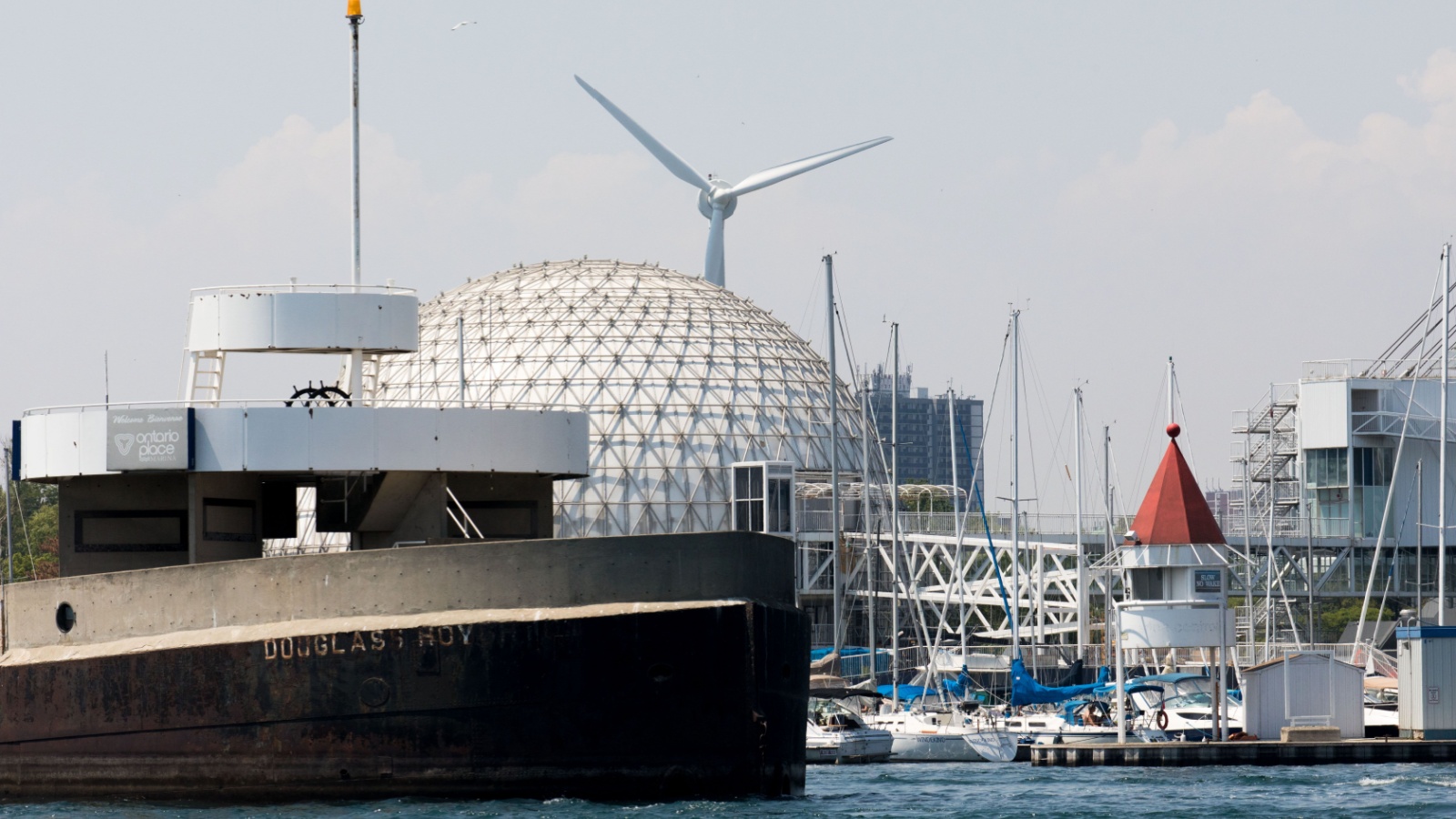
Ontario Place was once Toronto’s futuristic waterfront crown jewel, opened in 1971 with cutting-edge IMAX films and lakefront pavilions. But after decades of dwindling attendance and budget shortfalls, sections like the Cinesphere and Atlantis Pavilion shut down in 2012. Though redevelopment plans are underway, the original complex, where families once watched science films and fireworks over Lake Ontario, remains a ghost of its innovative past. Many Torontonians still debate whether the planned luxury spa can ever replace the spirit of what Ontario Place once represented.
Wild Rapids Waterslide Park (Sylvan Lake, Alberta)

For 30 years, this lakeside waterpark defined Albertan summers. From 1982 to 2016, visitors flocked to Wild Rapids for its bright slides and relaxed beach-town energy. It was the only major waterpark between Calgary and Edmonton, which made it a weekend staple. But safety regulations tightened, maintenance grew costly, and the land’s value soared. It eventually shut down, replaced by lakeside condos. What remains is a small patch of sand and decades of stories from kids who spent entire summers sliding into Alberta’s warmest lake.
Canada’s Wonderland Dolphin Show (Vaughan, Ontario)

Before roller coasters became the park’s main draw, Canada’s Wonderland had live dolphin and sea lion shows. Introduced in the 1980s, they were among the park’s most popular attractions. But as animal rights awareness grew and costs rose, the aquatic stadium quietly closed in the early 2000s. The pools were drained and later transformed into event spaces. Visitors who grew up attending those shows often recall it with mixed emotions, equal parts nostalgia and recognition that times, and standards for animal entertainment, have changed dramatically.
Woodlands Zoo (Morden, Manitoba)
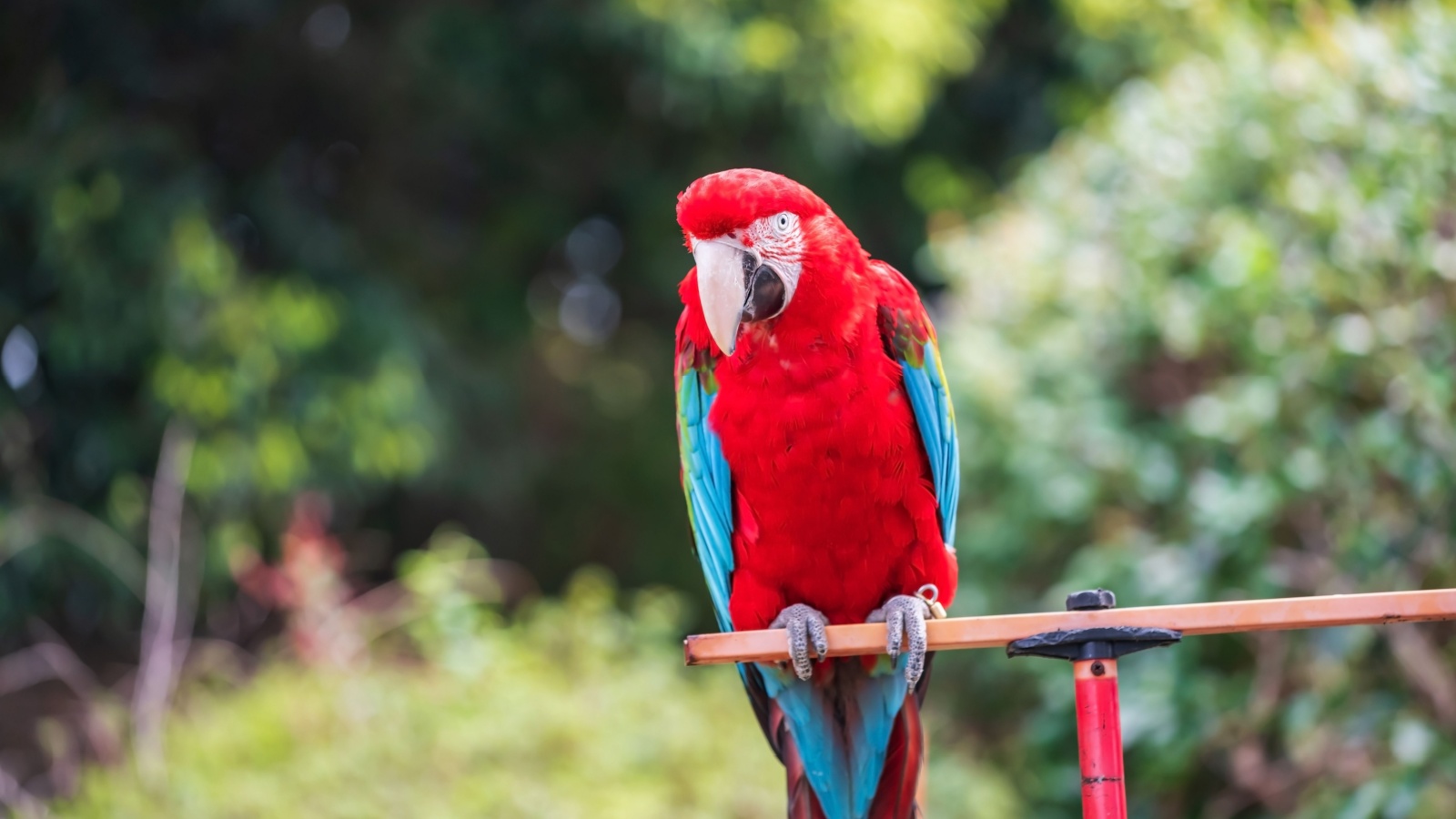
This small, family-run zoo opened in 1967 and became a local favorite for decades. It housed everything from tigers to parrots, but operating costs and changing regulations made it hard to keep up. By 2013, it closed permanently, and the animals were relocated. What’s left is a quiet field where the entrance gate still stands, slowly fading. For many Manitobans, the closure marked the end of a humble but heartfelt community-run attraction that couldn’t survive in an era of large, accredited zoos.
Storyland Theme Park (Renfrew, Ontario)

Located just west of Ottawa, Storyland was once a whimsical park filled with nursery rhyme scenes, costumed characters, and simple rides. It was an affordable family getaway for generations, operating from 1966 to 2011. As bigger parks grew more sophisticated, Storyland couldn’t compete. Declining visitors and rising upkeep costs led to its closure. The grounds were later bought by a wildlife park, but remnants like Humpty Dumpty’s wall and the Three Little Pigs’ houses still peek through the trees, a nostalgic reminder of simpler times.
Science North’s Dynamic Earth Mine Tour (Sudbury, Ontario)
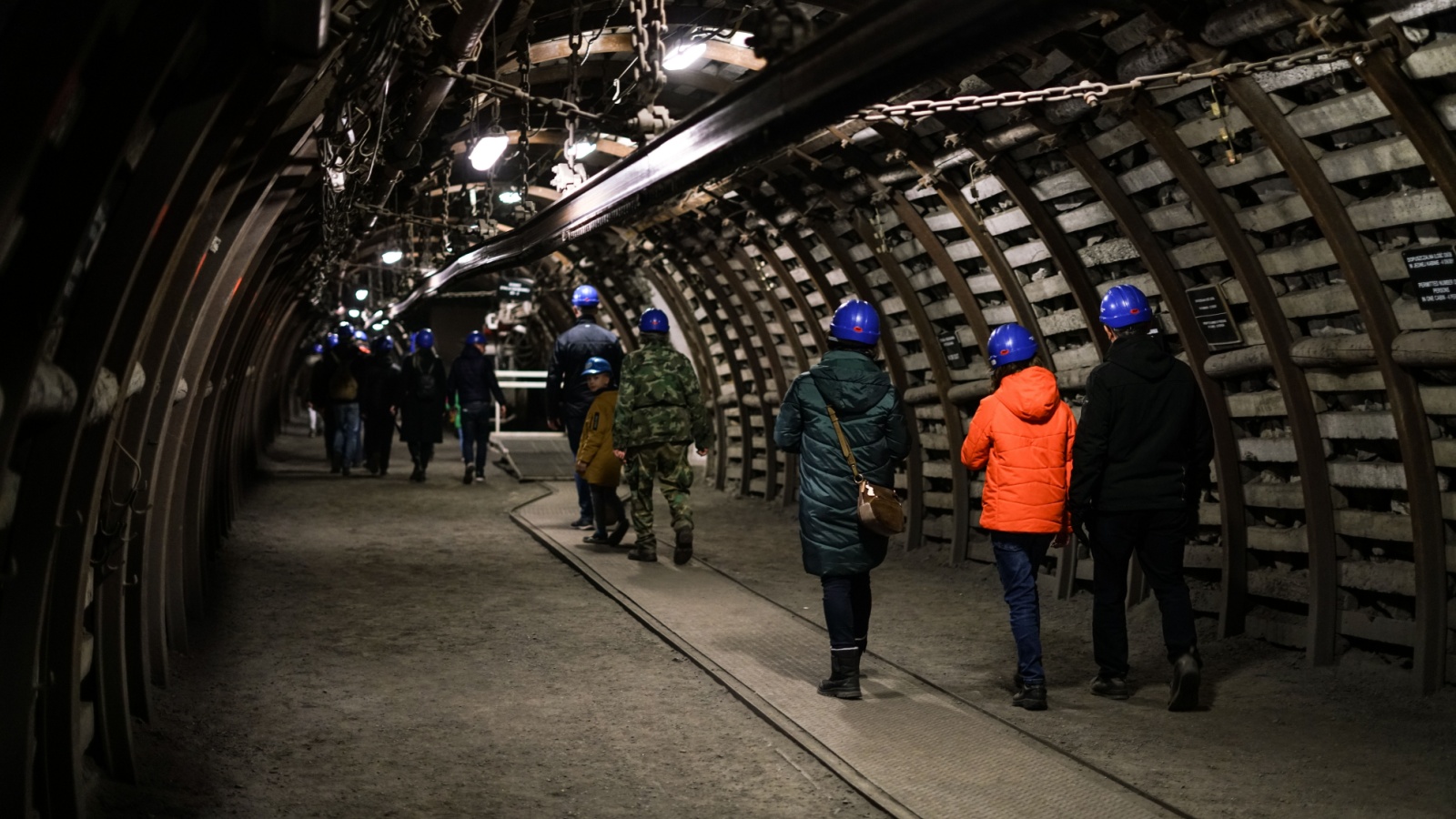
Dynamic Earth’s underground mine experience once thrilled visitors with simulated mining operations and realistic sounds of blasting rock. It was both educational and exhilarating, showcasing Sudbury’s mining heritage. But safety regulations and budget constraints forced the deeper levels to close in the 2010s, leaving only surface exhibits. The immersive tunnels, once filled with school tours and curious families, now stand sealed off. While Science North remains active, this closure ended one of the most memorable educational adventures in Northern Ontario.
Granville Island Water Park (Vancouver, British Columbia)
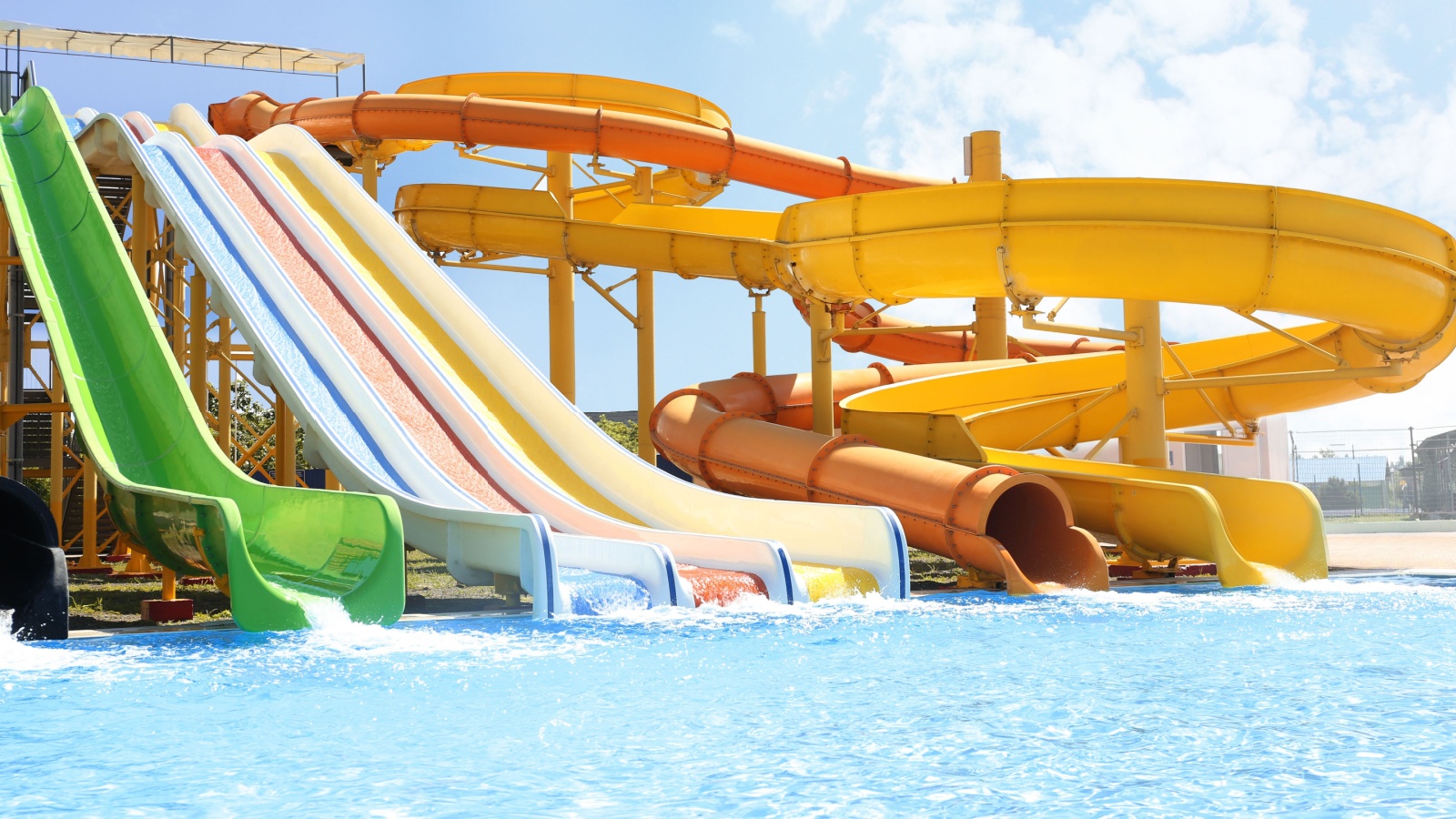
Granville Island’s children’s water park, once Canada’s largest free outdoor water attraction, closed temporarily during the pandemic and later scaled back operations due to maintenance costs and staffing shortages. For decades, it had been a summer staple for local families, combining waterfront views with playful fountains. While technically not “demolished,” its full glory hasn’t returned. Many hope for restoration funding, but its quiet disappearance has left a noticeable gap in Vancouver’s family-friendly summer landscape.
African Lion Safari Drive-Through (Closed Sections, Hamilton, Ontario)
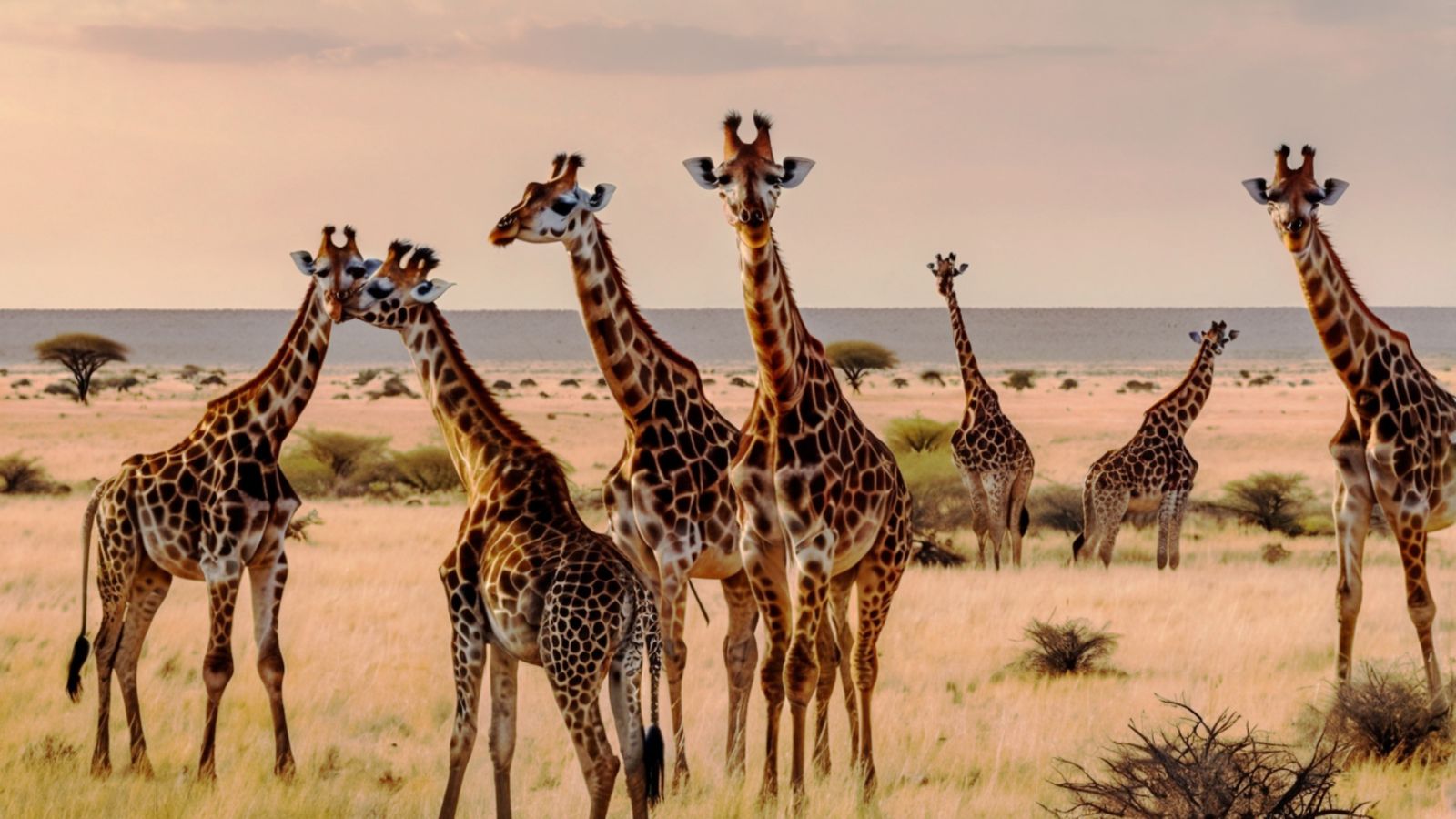
African Lion Safari remains open, but several original sections, including its older elephant and primate enclosures, were shut down over welfare concerns and environmental restrictions. The closures happened gradually and without major announcements. Longtime visitors noticed smaller herds and shorter routes. The shift reflects a broader trend toward responsible tourism and away from high-risk, outdated enclosures. Though still operating, it’s a quieter, more limited version of its 1990s self, when its roaming elephants and baboons were major regional draws.
Rainbow Stage’s Winter Dome (Winnipeg, Manitoba)

Rainbow Stage’s winter dome was once a unique indoor venue that extended the city’s theatre season. Built to allow performances year-round, it was dismantled in the early 2000s after high maintenance costs and structural wear. Winnipeg still boasts the summer Rainbow Stage Amphitheatre, but losing the dome meant saying goodbye to cozy winter musicals that kept local theatre alive through frigid months. For theatre enthusiasts, the dome’s absence still stings, a reminder of when art fought hard to outlast winter.
Wild Zone Adventures (Langley, British Columbia)

Before trampoline parks took over, Wild Zone Adventures was the place for indoor fun in Langley. It featured laser tag, mini-golf, and an elaborate indoor jungle gym. It shut down in 2018 after decades in business, citing rising rent and declining attendance. Families who grew up visiting it remember birthday parties filled with flashing lights and pizza-fueled laughter. Its closure marked the slow fade of independent family entertainment centers across suburban Canada, replaced by franchises and digital entertainment options.
The Calgary Zoo’s Prehistoric Park (Original Version)
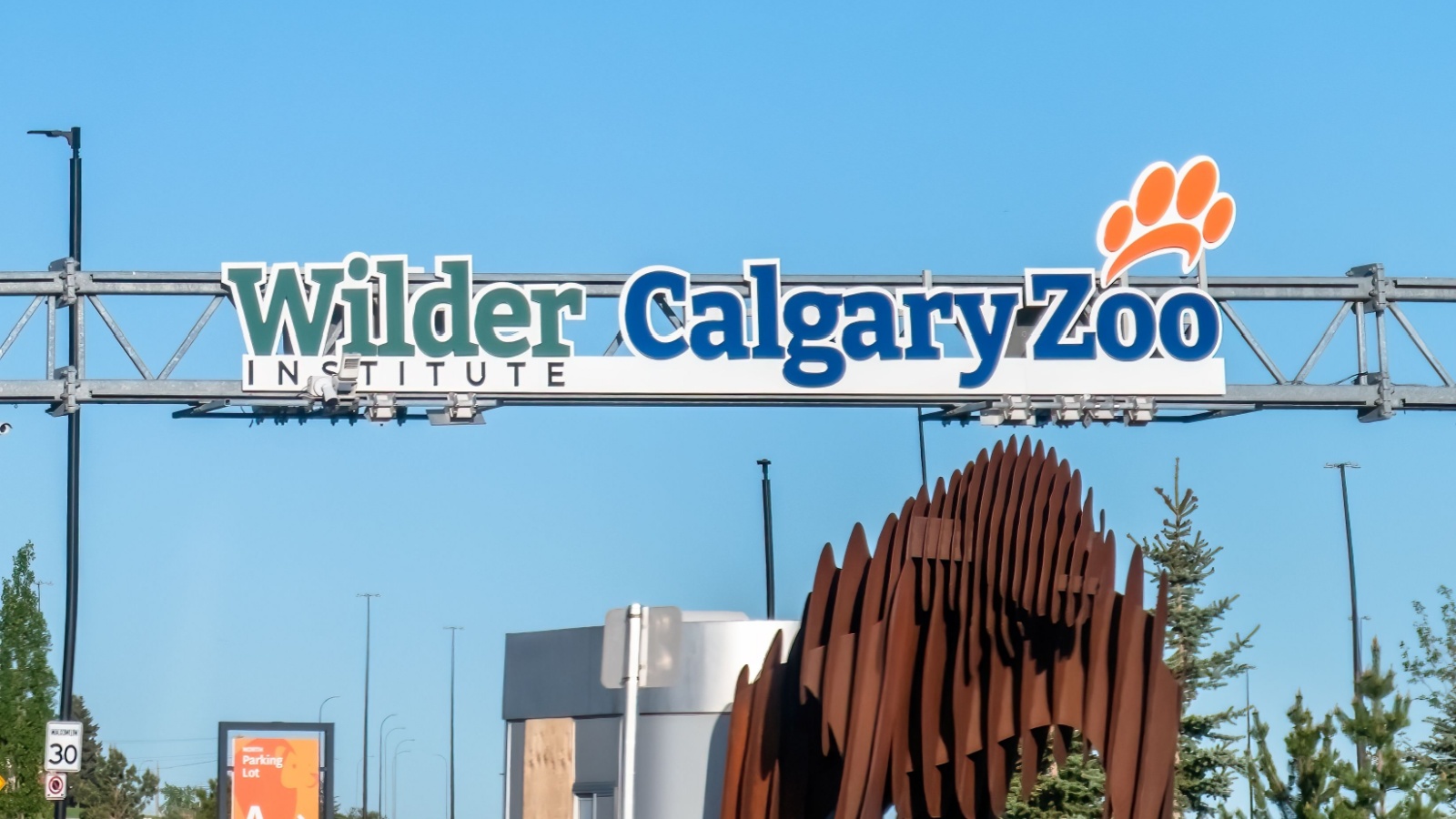
Before it became a polished exhibit with animatronic dinosaurs, Calgary Zoo’s original Prehistoric Park was a simple forest trail with static dinosaur models. Kids loved its slightly eerie atmosphere and hidden corners. Over time, safety and aesthetic updates transformed it entirely. The old fiberglass creatures were removed, and the park became a more curated educational zone. Though technically “updated,” many longtime visitors still consider the original park “gone,” replaced by a slicker, less mysterious version of its 1970s charm.
The World of Science Dome (Edmonton, Alberta)

The former planetarium dome of Edmonton’s Telus World of Science was decommissioned in the early 2010s as part of modernization. The new facilities are technologically advanced, but the classic dome, where countless schoolchildren watched star shows, was demolished. It had a distinctive 1970s aesthetic that inspired generations of young astronomers. Its removal went largely unnoticed by the general public, but for educators and science buffs, it represented the quiet end of a beloved educational landmark.
21 Products Canadians Should Stockpile Before Tariffs Hit

If trade tensions escalate between Canada and the U.S., everyday essentials can suddenly disappear or skyrocket in price. Products like pantry basics and tech must-haves that depend on are deeply tied to cross-border supply chains and are likely to face various kinds of disruptions
21 Products Canadians Should Stockpile Before Tariffs Hit
